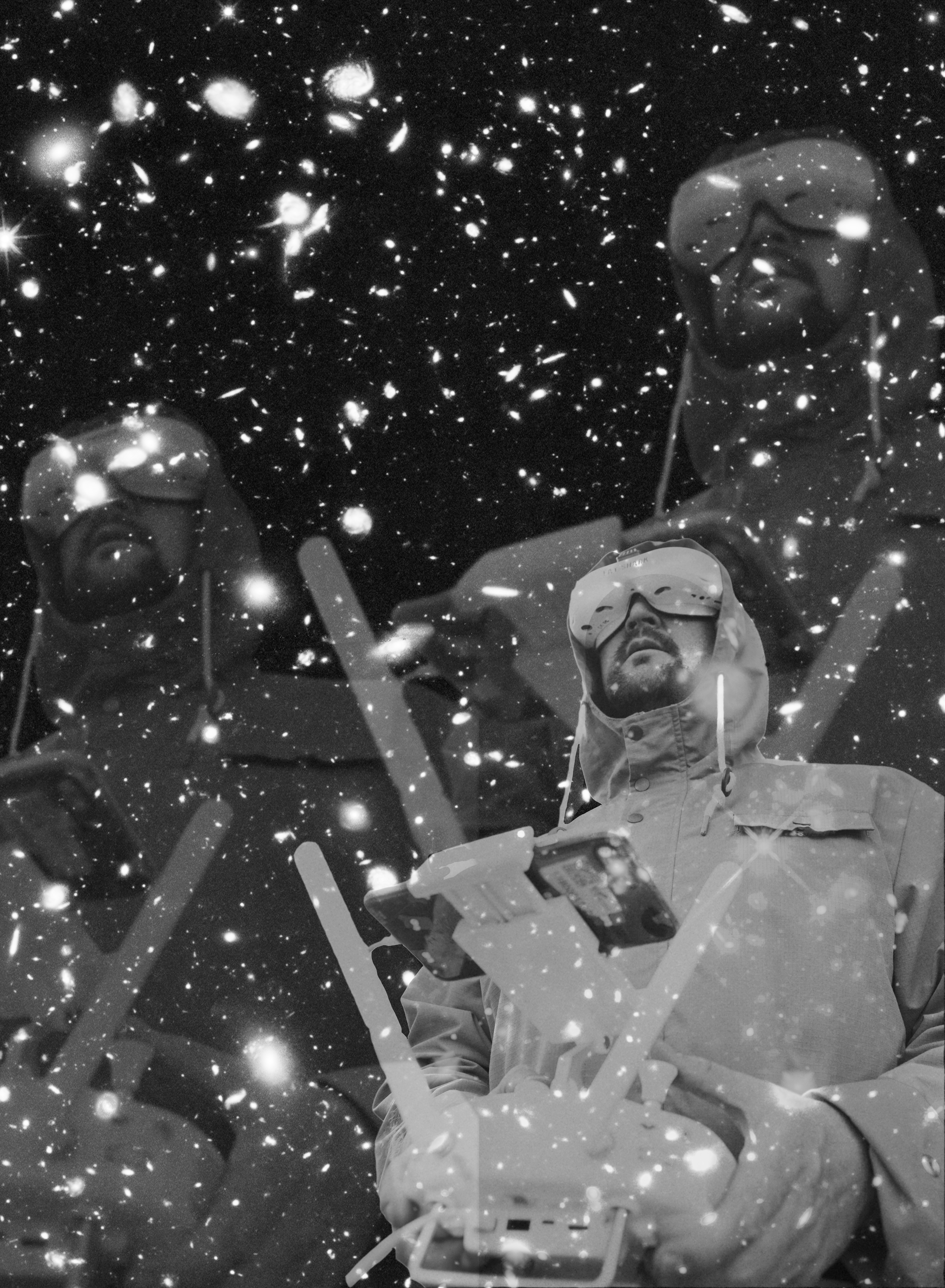Traditional framing broken and carefully pieced together. The cutting off of feet in a frame, blowing them up and lending them their own image – making them carry their own worth. Soft hazy, dreamlike images are painted. Jarred Figgins strikes the balance between careful contemplation and haphazard play with his photographic work. With images that often hiss oddities, it must be understood that they are thoughtfully constructed in a simple matter-of-fact way.
The South African photographer has in recent times become increasingly involved in the art of the moving image. Spending his formative years in Johannesburg, he relocated to Cape Town at the age of 18. Theoretical knowledge in the field was built up during the years he spent studying. Reflecting on his craft and childhood, Jarred explains that his desire to create images that were non-conformist was aroused from a need to splinter conventionality.

Questioning the label of fashion photographer that can easily be latched on to him, Jarred tells me that what sets you apart in a world of fast content consumption is the ability to approach the same subject matter in a slightly different way and a determination to stay ahead of the pack.
Discussing his interest in film Jarred states, “I think that film really allows you to manoeuvre an idea in a specific direction that a still sometimes lacks. It’s like being able to grow an idea so much more which so quickly takes shape or exerts a feeling without much effort…” His short film pieces come across as an experimental, visual ode, keeping its refinement in its technicality and precision.
He pinpoints his stylistic edge as something that often times takes place in post-production. “I’m not necessarily doing anything different with photography or composition, it’s just something I perhaps find fun or alarming whilst editing.”
About his process and tendency to work on set, Jarred tells me that careful planning does not always play out the way it is anticipated on set. He emphasises that for him a fine balance needs to be struck between playing by the rule book and letting the shoot take its natural course.

A great deal of his work for a shoot happens in pre and post production. The pre-production work could be seen as the most taxing, perhaps, as Jarred frequently builds his own sets and regards his curated playlists for shoots to be an integral part of his creative process. His photographic work is seen by him as a vehicle that allows him to express what he wants to the world.
Jarred’s work both moving and still are trademarked by his stylistic choices that sets him apart. His play with lighting and colour that results in dreamlike painterly images elevates the concepts of his work. His unusual way of piecing together various images and fragments of images into wholly different layouts creates peculiarity and beauty – the beauty in peculiarity.












